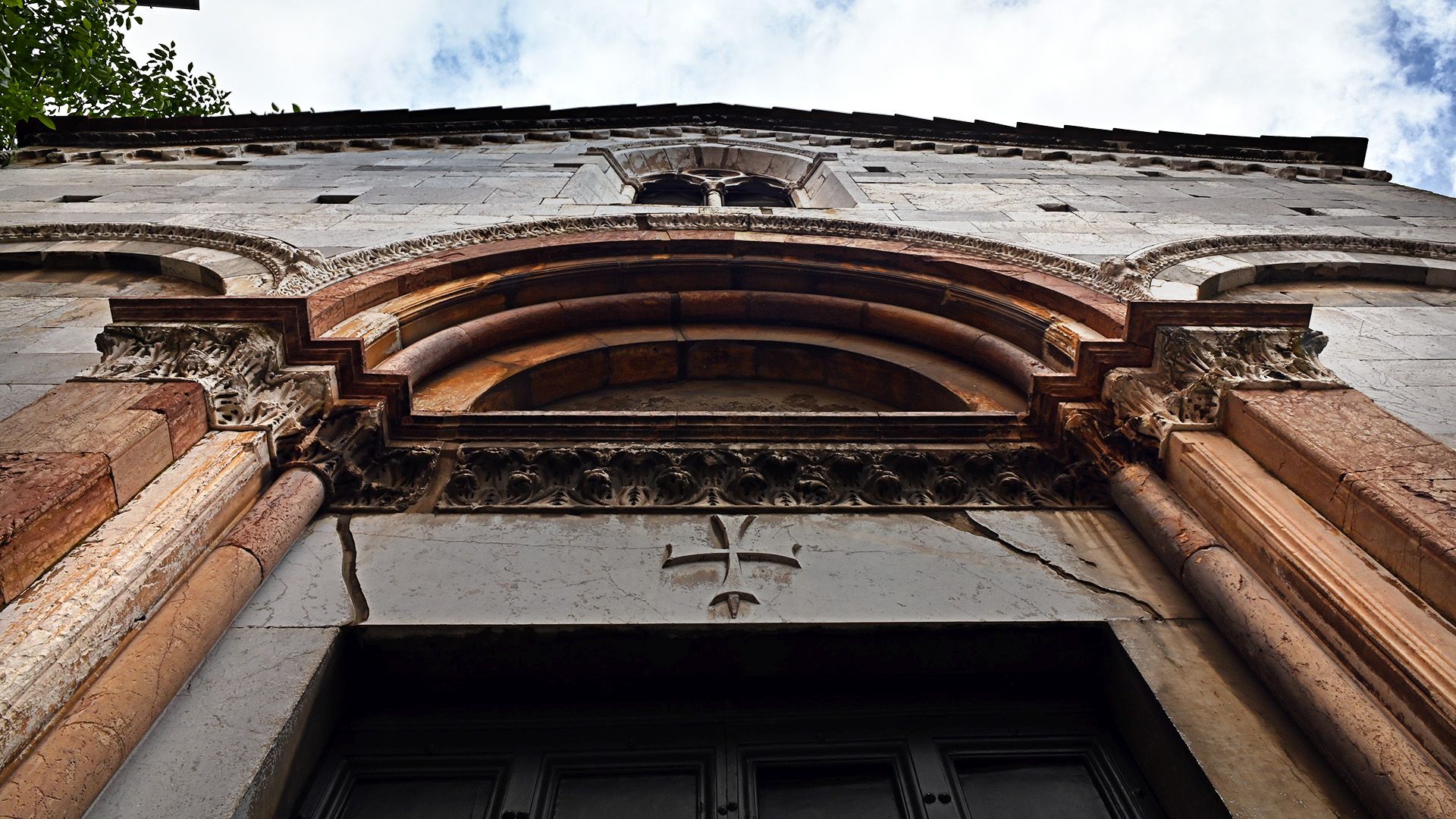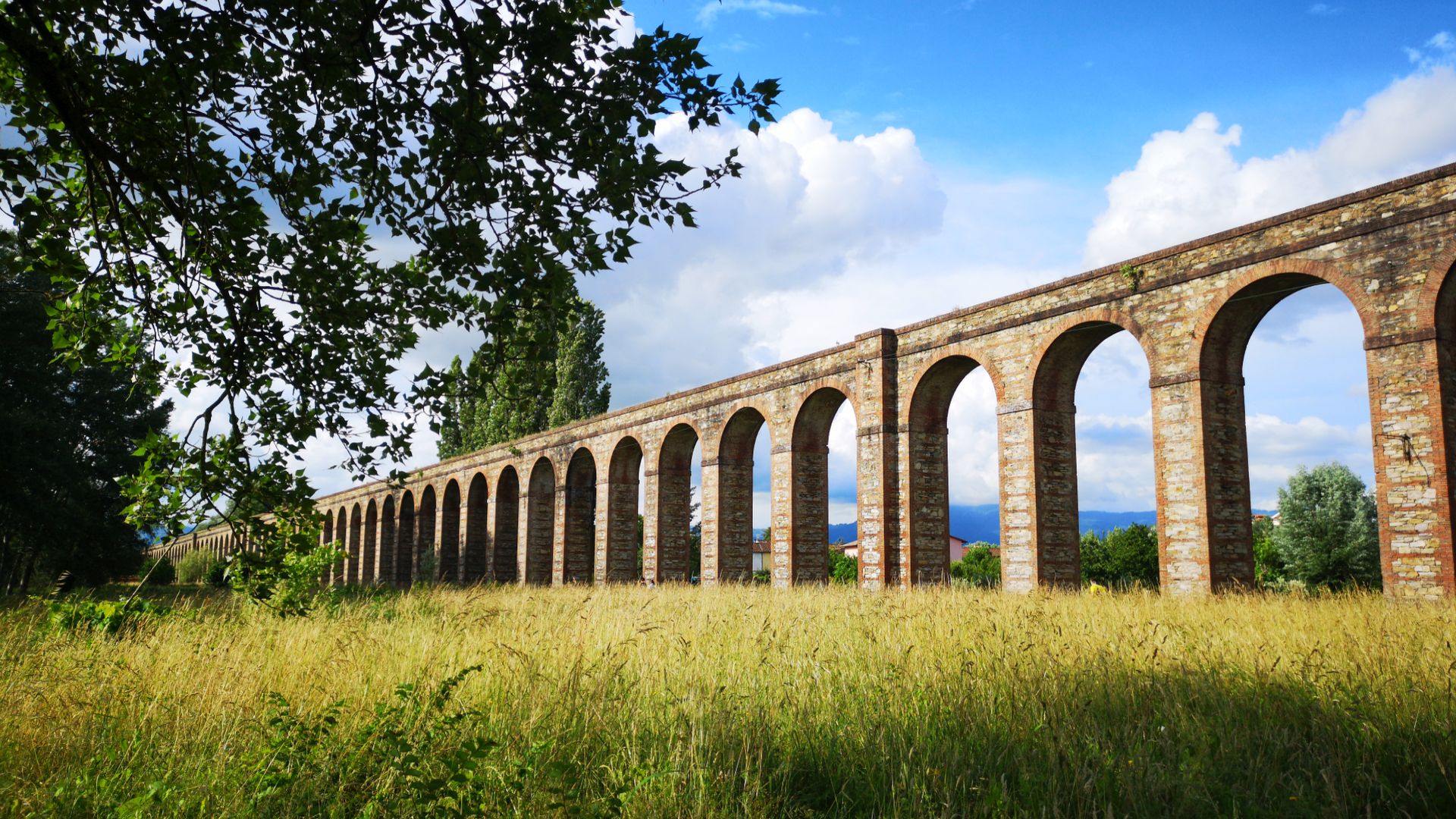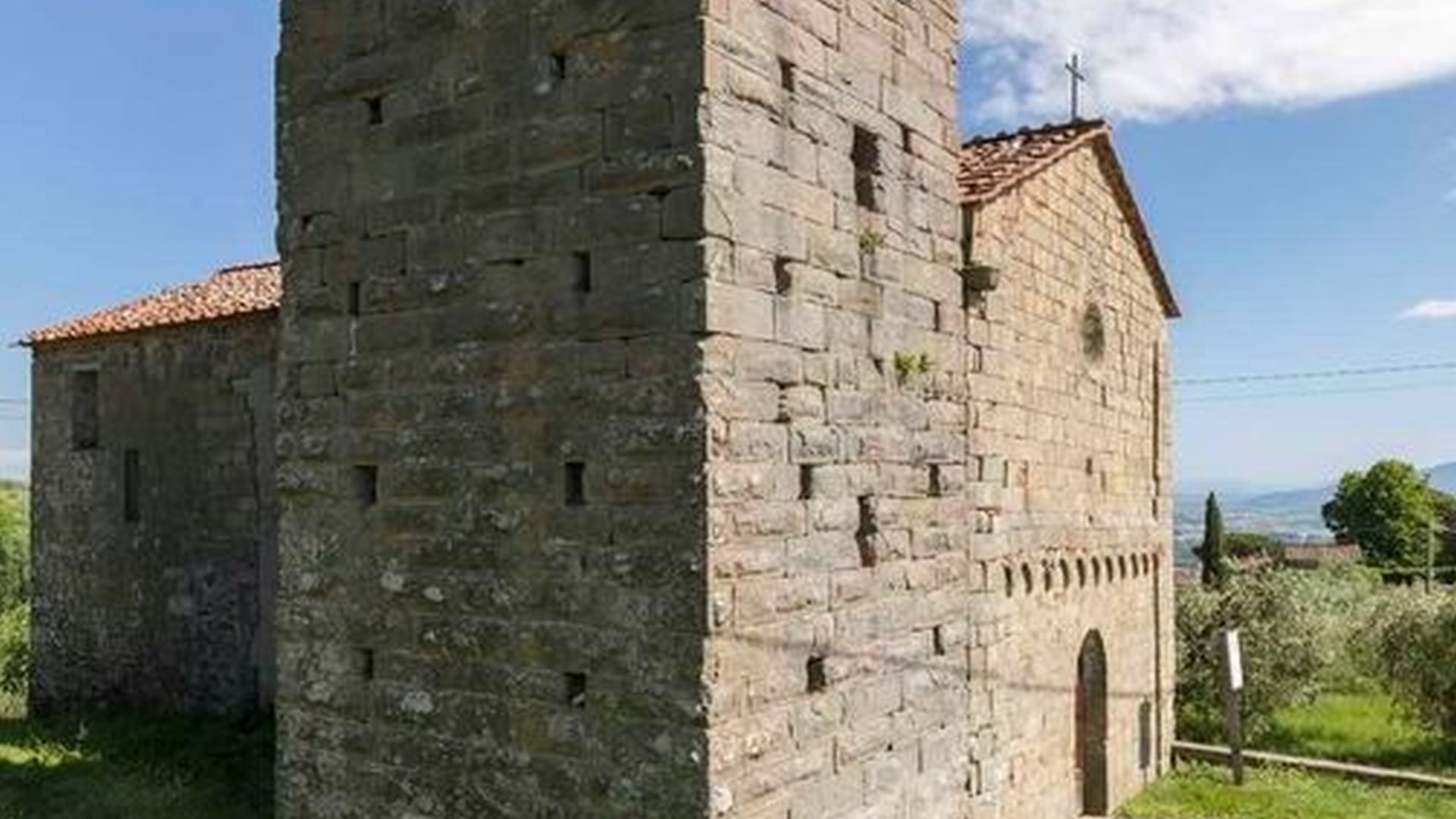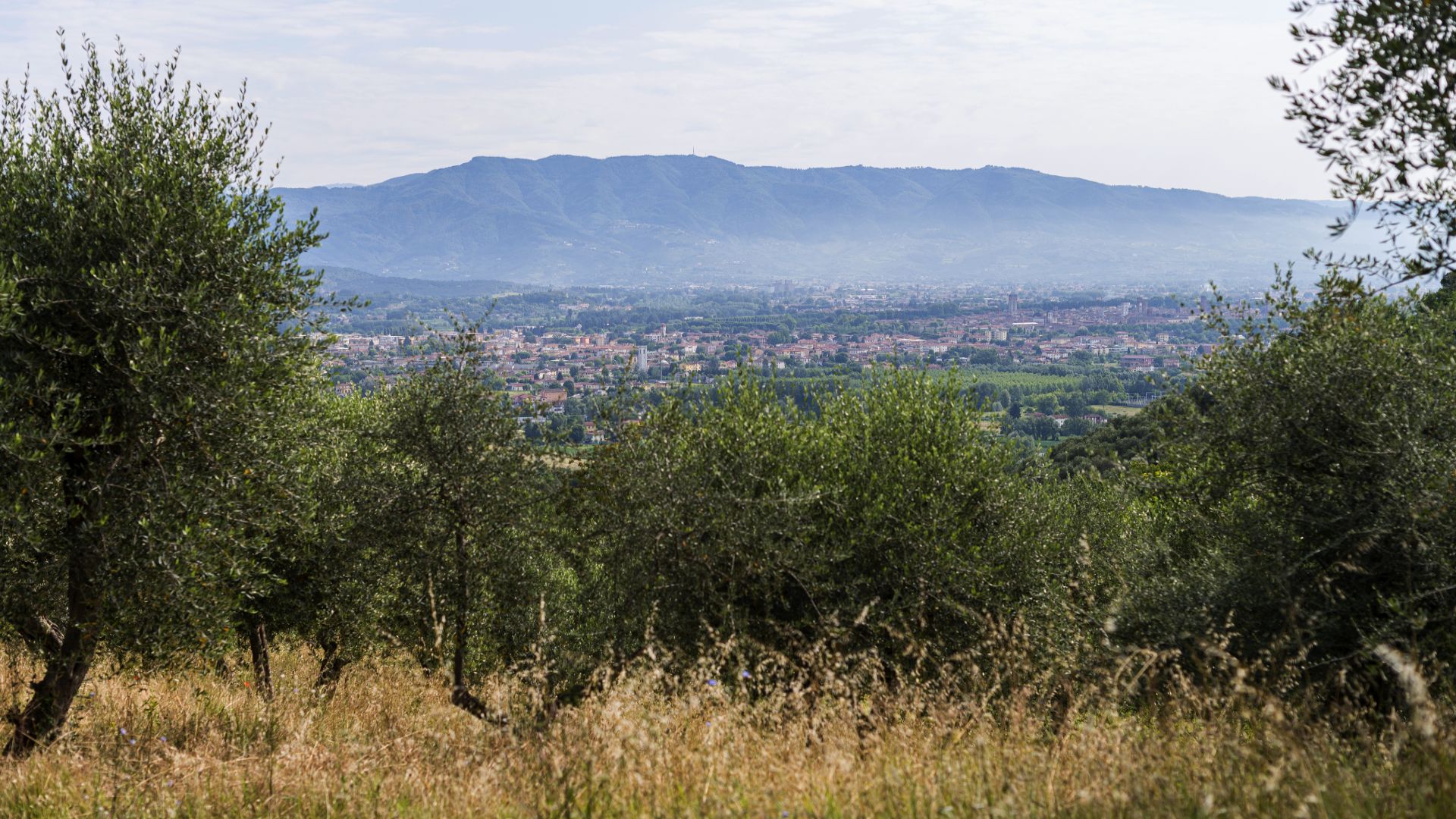The way of Santa Giulia is an evocative journey to be walked on foot in an 470 kilometers long adventure to be done in 25 stages from Livorno to Brescia, through the
regions of Tuscany, Emilia and Lombardy.
A historical, spiritual and naturalistic tour from the sea to the mountains through the plain, which recalls the journey made by the relics of Santa Giulia from the
island of Gorgona to Brescia by the will of the Lombard king Desiderio and his wife Ansa in 762.
Along the roads and paths of the way of Santa Giulia you will find ancient and Romanesque churches,
suggestive chapels and imposing monasteries dedicated to the martyr, a concrete sign of people's centuries-long devotion to this saint. The route starts in Tuscany, Livorno, crosses the countryside and small towns to reach the medieval villages of Mount Pisano.
From Buti, after the descent from the slopes of the mountain, you enter the plain of Lucca in a gentle landscape where history and art blend with the beauty of nature.
Walking on the riverside of Rio San Quirico, which descends from the mountain springs and crosses woods, green meadows and pretty bridges in the "Parole d'oro" area
that will catch your attention, you'll proceed on the path that runs alongside the nineteenth-century Nottolini aqueduct, a monument in the middle of the countryside
arriving in the city of Lucca.
Once left Lucca, the more demanding route heading towards the Apennine ridge begins.
Right in the greenery of the Serchio river park, the journey continues along the Puccini cycle track and the pedestrian path up to Ponte a Moriano. A quiet flat itinerary leads to the sumptuous Villa Reale in Marlia, immersed in 19 hectares of park with streams, ponds, groves, camellia avenues, lemon gardens and a greenery theater.
In the hilly landscape, among vineyards and olive groves, you can see the small church of San Quirico in Petroio.
The climb is challenging, but the panorama that opens onto the entire plain of Lucca is worth the effort.
The last part of this stretch of Lucca goes up towards the Pizzorne Plateau,
an important crossing point already in Roman and early medieval times, and the SS.Crocifisso church, built in 1662 to assist passing travelers, can be recognized. Every evening at sunset, the bell of the little tower rang to help travelers find their way in the fog and darkness.
Walking on for about 2 kilometers, a slight climb will lead to the ancient parish church of San Bartolomeo, once connected to a hospital to give shelter to wayfarers, merchants and pilgrims, who reached on foot or on horseback the Garfagnana area, Val di Lima and Emilia from this mountain pass.
The way of Santa Giulia continues right towards the Lima valley and Garfagnana and then enters the Emilia region through San Pellegrino in Alpe, one of the highest passes and inhabited villages of the Apennines, built in the Middle Ages on these ancient pilgrimage roads.




